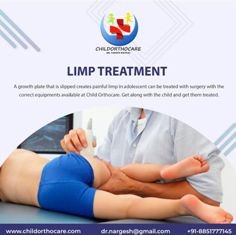Causes:
Here are four possible causes of Knock knee
● A basic inborn (Congenital)
● Formative sickness
● Emerge after a disease (acquired)
● After an awful knee injury.
Normal reasons for knock knees include:
● Metabolic infection
● Renal (kidney) disappointment
● Joint inflammation, especially in the knee
● Bone disease (osteomyelitis)
● Rickets (a bone illness brought about by absence of vitamin D)
● Intrinsic (characteristic) conditions
● Development plate injury
● Harmless bone cancers
● Cracks that recuperate with a deformation (malunion)
● Being overweight or stout can likewise come down on the knees and add to knock knee.
- Symptoms
- Diagnosis
- Treatment
● Knee or hip joint pain
● Solid or sore joints
● Knee precariousness
● A limp while strolling
● Foot or lower leg pain
● Trouble strolling or running
● Diminished scope of movement in hips
● Moderate knee joint inflammation in grown-ups
● Patients or guardians might be discontent with feel
● Feet not contacting while at the same time remaining with knees together
An individual may likewise have different side effects from a hidden condition that is causing the knock knee disorder. In individuals of all age bunches who have knock knees, one or the two knees is unusually over-burden. This over-the-top power can prompt agony, further bone deformation, knee flimsiness and moderate degeneration of the knee joint. Specifically, grown-up patients who have been knock kneed for a long time frequently over-burden the outside (sidelong compartment) of the knee, and stretch within (medial collateral ligament - MCL). These powers can cause torment, knee unsteadiness (counting including complex patellofemoral instability) and joint inflammation




